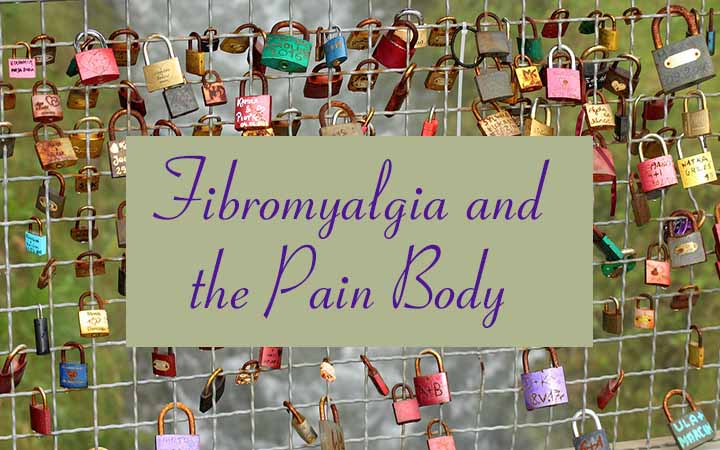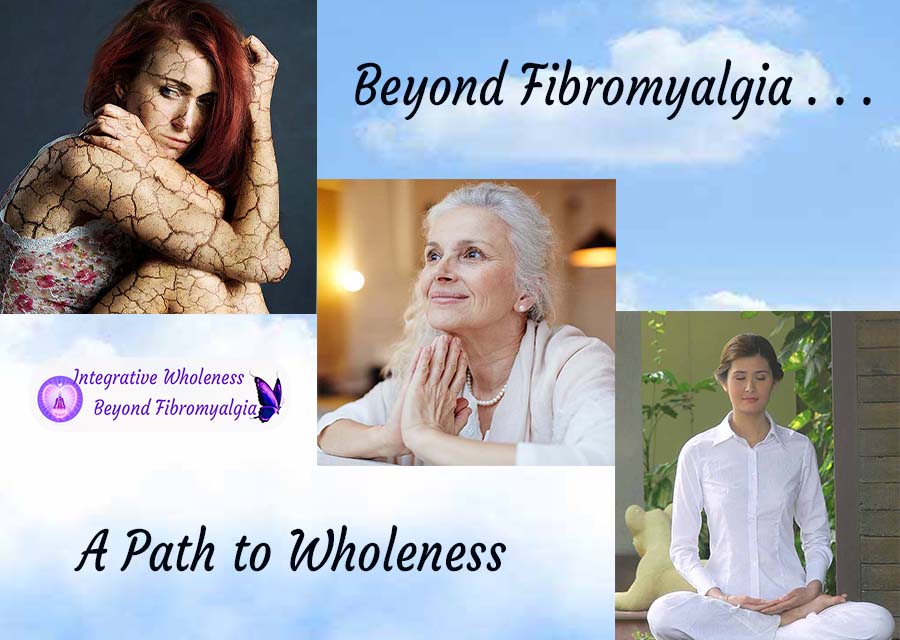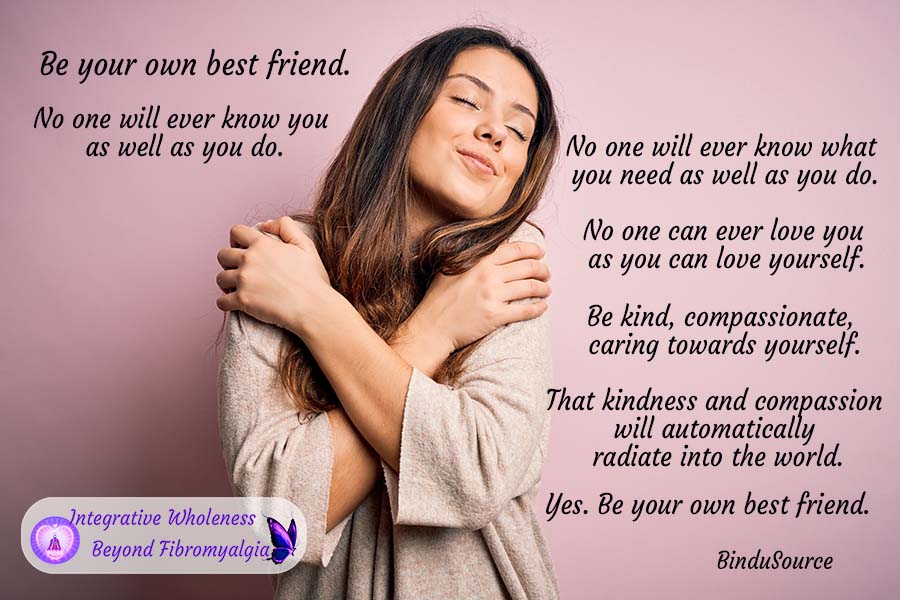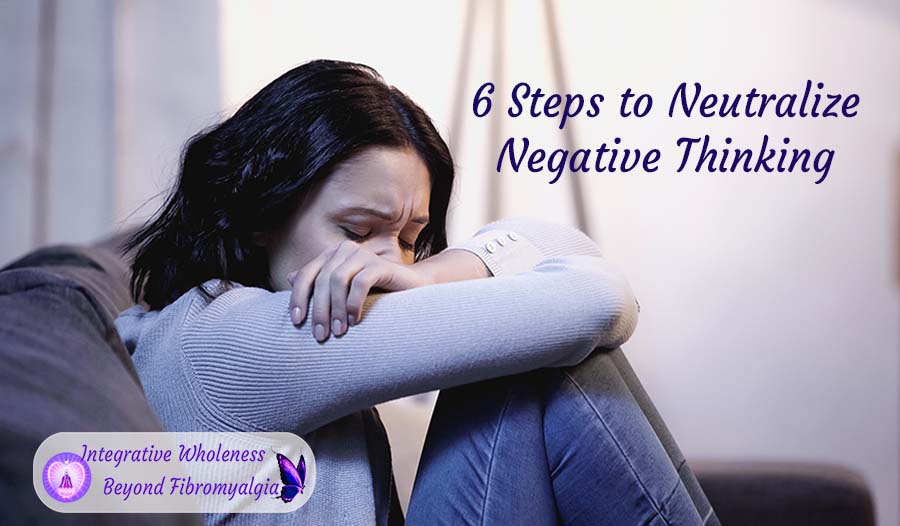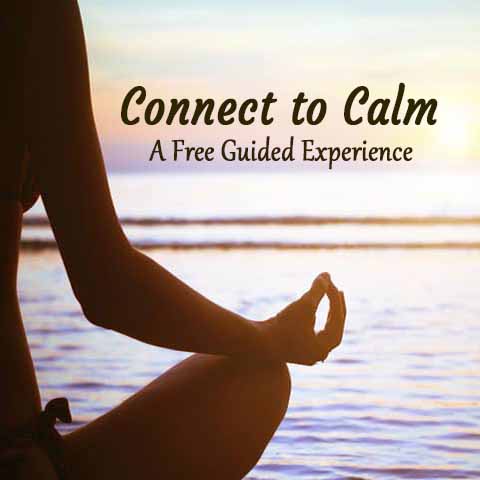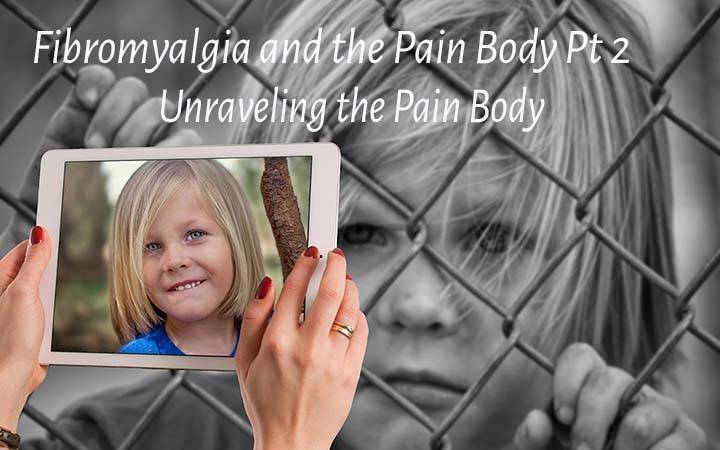
Unraveling the Pain Body
Reclaiming Your Innocence
Last week, we talked about the pain body and how it was an important factor in fibromyalgia. This week, we are going to explore how to break the cycle of the pain body. Freeing our self from the pain body is an essential piece in rebuilding our health.
But it isn’t in my head, it is in my body!
The pain body is part of the energy body. It is not the mind, although the pain body feeds negative messages to the mind. The pain body also feeds negative stress messages to the body via the nervous system, keeping the nervous system in fight or flight that doesn’t allow the body to rest and repair.
If my post last week was reminded you of times you were told it is all in your mind, that is truly not the case. The pain body isn’t the mind. You don’t have conscious control over it. It controls you from a sub and unconscious level.
Acknowledgment of the pain body and our health
Dr Bruce Lipton explores this in his book entitled, The Biology of Belief.
Dr John Harrison also explores the pain body in his book, “Love your Disease: It’s keeping you Healthy. In his book he revels the connection between physical and emotional symptoms and deeper traumas and childhood conditioning.
The ACE (Adverse Childhood Experiences) study was done by the US Health Organization, Kaiser Permanente, and the Centers for Disease Control and Prevention which also verified the connection between physical illness and childhood experiences.
Science is just now beginning to acknowledge the connection between the mind, body, emotions, energy body and physical illness. Yogic theory, Chinese medicine and Ayurveda are just three of the ancient methodologies that have known this connection for hundreds of years.
That said, let’s explore how to neutralize the pain body.
Part 2: How do we break the cycle of the pain body?
Component 1: Awareness.
Being aware of the concept of the pain body is a first step. Being able to observe yourself and your patterns, reactions, habits, emotions, thoughts, fears, triggers. Knowing yourself very well.
Component 2: Dis-identifying with the pain body
The second essential component in breaking they cycle is dis-identifying with the pain body. When we identify with the pain body, we think the pain body is us. If it dies, we die. From this perspective, there is very little chance in breaking the cycle.
By developing Presence or Witness conscious, we can dis-identify with the pain body. The pain body is only a part of who we are. A very dysfunctional part.
There are other healthy parts of who we are, but they have often been suppressed, exiled to banished. This happens when we are raised in an environment where we had to behave or act in a certain way to be safe, receive love, be accepted. Yet when we banish those parts, we feel incomplete. Our aliveness, joy, excitement dies with them.
Presence or witness conscious is engaging the part of us who can witness or observe all parts of who we are. Awareness practices can help to build our Presence / Witness Consciousness. This enables us to dis-identify with the pain body and allow for an environment where healing can take place.
Component 3: Identifying the Parts.
Once we have awareness and are beginning to dis-identify with our pain body, we can begin the sorting and reclamation process. We need to be able to feel the suppressed emotions. Not all at once, but over time. We need to become aware of our negative thoughts and belief systems. Reconsider them and be willing to change life negative thoughts and beliefs to positive life supportive thoughts and beliefs.
We need to identify and heal traumas from our past; not just on a mental level, but on a cellular and energetic level. If you work on the mental level only, you will have a different perspective on what happened, but the negative emotional and cellular memories will still create ongoing drama and trauma and negative experiences in your life.
Component 4: Reclaiming our Banished Parts
The fourth component is reclaiming our suppressed and exiled parts. The deepest and most rewarding work is reclaiming our wholeness. All parts of us are valuable and part of the whole. If we approach our healing thinking that we must never feel negative emotions or have a negative thought, we are fooling ourselves. Even our so-called negative parts are there for a reason. They are normally protective parts, protecting an exiled part or banished part.
Perhaps we have banished a part that feels sad or frightened. Or we have banished a part of us who loves to play, sing and celebrate. Or the part of us who is clear and direct. Or the part of us who just knows stuff without knowing why or how. The part that is naturally joyful for no reason. The part that loves unconditionally. Or the part that was hurt or abandoned. The part that was traumatized, physically, sexually or emotionally. The part that sees angels or talks to animals or plants.
We are a kaleidoscope of parts. To be whole and beautiful inside and out, we need to reclaim all of who we are.
Fifth Component: Love unconditionally
All our parts need more love, not less. Our exiled or banished parts are hiding because at some point in our life, they were unloved and rejected. We have both “positive” and “negative” parts that have been banished. Loving a part doesn’t mean we like a part. It means we can be compassionately present with that part. Just like you might be compassionately present with an angry child.
In order to be whole, we need all parts. When we encounter and can be compassionately present with all our parts, they integrate, and we experience wholeness. We feel complete. A deep sense of wellbeing ensues.
In this process, we also reclaim our power. When we have the ability to love and accept all of ourselves, all of our parts, we no longer seek love and completion from the outside, from another person, place or thing. We no longer give our power to something outside of ourselves. We are free.
We are free to love and to live fully. We can be in a relationship, not from need, but from enjoying our partner or friends’ company and companionship. We can work at the career of our choice, feeling fulfillment from within and loving the opportunity to serve and support others. Our fears won’t stop us, and our bliss can guide us unhindered.
The need of a loving support system
Trying to heal your own pain body is a difficult endeavor. The pain body has built in protections. You often need skilled outside support to help unravel the pain body.
As I mentioned last week, I am working on a group program for women who would like that support. I am looking to launch it in January next year. Stay tuned.
May you love yourself more fully each day,💗Bindu
